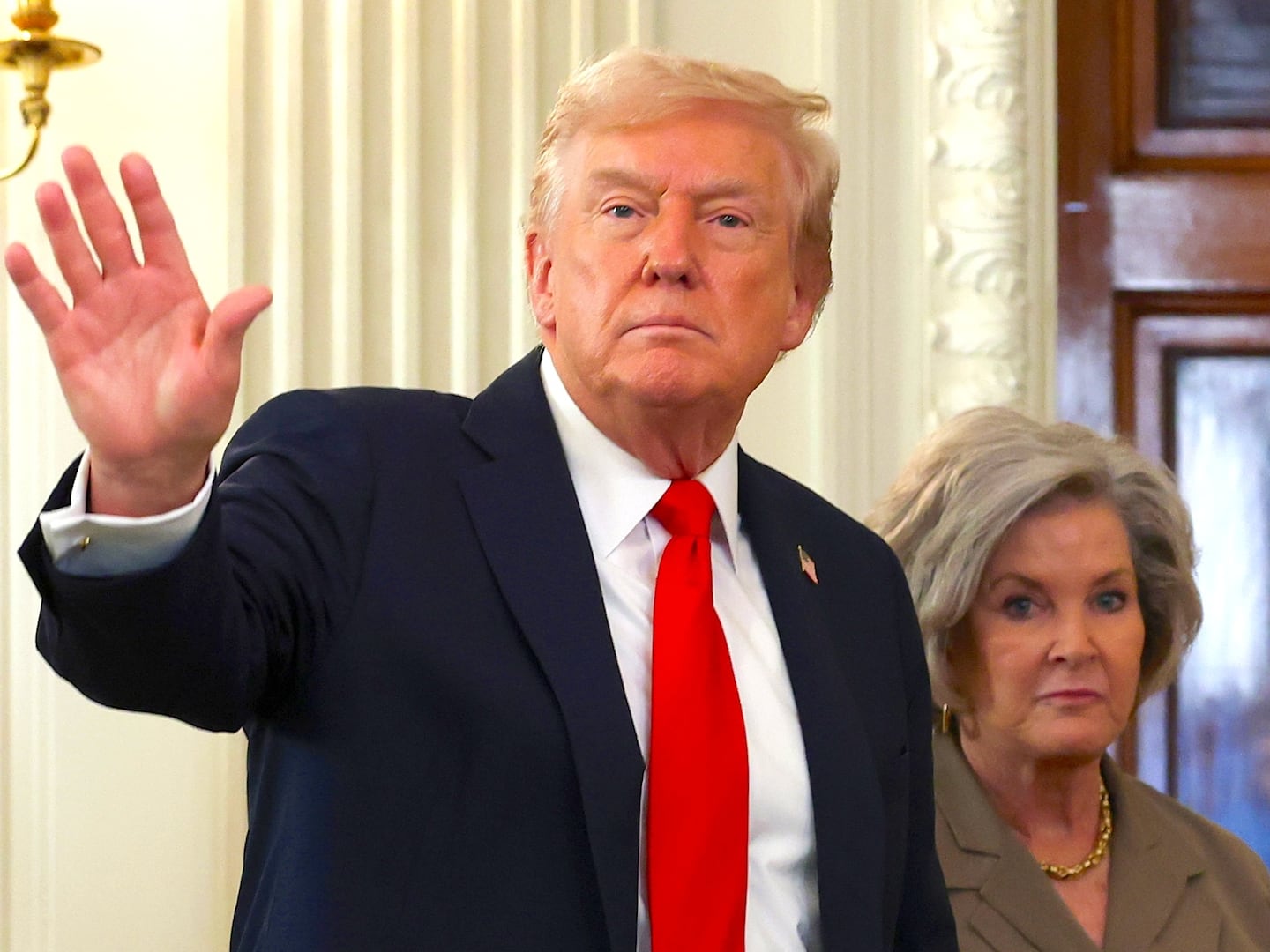Ignore the doomsdayers. American companies are inventing like never before. The Daily Beast ranks which public companies have the employees that turn out the most new ideas.
Flat-screen TVs. Bluetooth. Blockbuster drugs. For all the criticism of American industry fallings backwards, new U.S. patents behind everyday tools like these are exploding.
So which companies are driving this surge? The Daily Beast decided to tally U.S. patents, while also factoring in the number of employees, in order figure out which companies have been the most inventive over the past five years.
Click Image Below to View Our Ranking of the 50 Most Innovative Companies

While frequently used by economists as a measure of innovation, patent-counting has its flaws. Sheer numbers of patents that marginally improve some process or another don’t necessarily trump a small, broad handful that can change the world. Apple, for example, has relatively few patents--though the value of many of the individual ones is astronomical.
Nor do patent counts reflect the social importance of a disease-curing drug against, say, 100 patents that make batteries last longer. Or indicate that some industries simply don’t lend themselves to patents, while others demand them. Not to mention that, according to a study by James Bessen and Michael J. Meurer, professors at Boston University Law School, patent litigation costs outweighed patent profits in publicly traded companies
But that all said, the rigors of the process, which involves proffering extensive proof to the U.S. Patent and Trademark Office, provides some very granular, reliable data about who is coming up with ideas that government scientists and lawyers indeed deem as new.
So to measure the 50 most inventive companies, we factored in total approved patents over the past five years, and then added a twist: We divided by the number of worldwide employees. The idea, of course, was to measure which companies are inventive in their DNA, versus their bulk size. If a company was acquired by or merged with another company on the list, the total patent count was attributed to the existing company.
One limitation: We only considered publicly traded companies; private companies and university and governmental organizations were removed from the running. Market value is a metric of the public’s perception of innovation and competiveness, and though not used to rank the final list, for fair comparison we wanted to assure that each entity had similar vested, economic interests in ideation. Market capitalization (as of June 10, 2010) for each company is included for reference.
Clark Merrefield and Lauren Streib reported these rankings.






